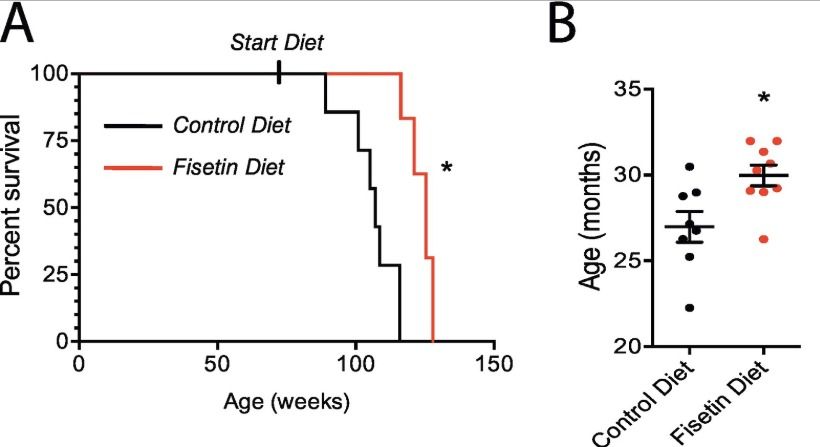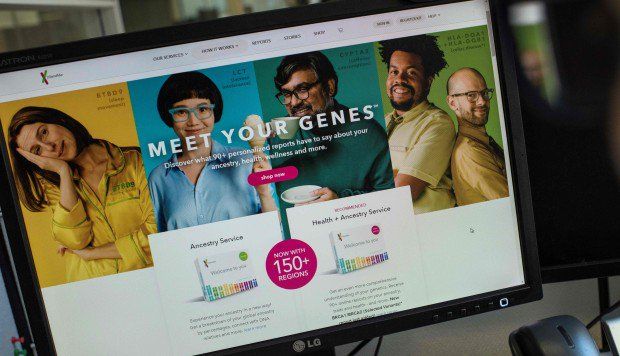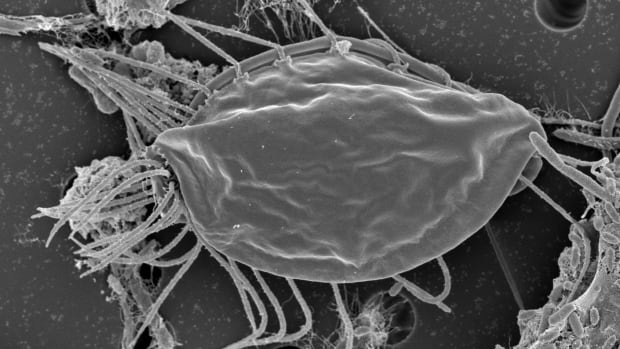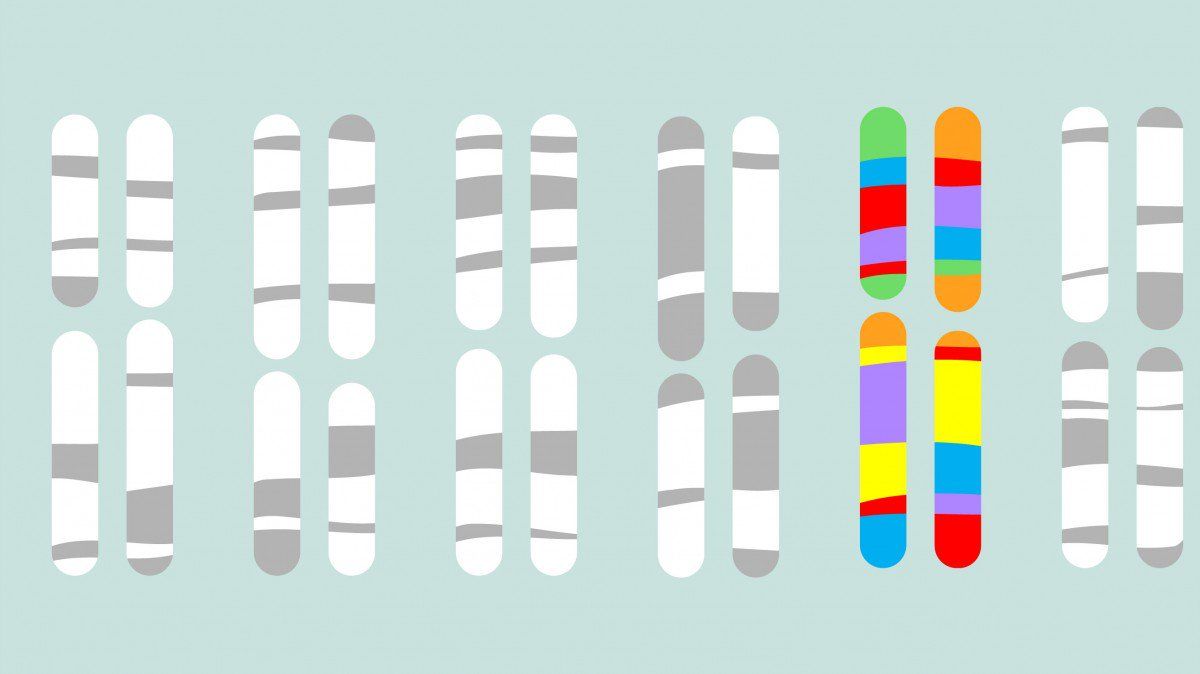Nov 18, 2018
Ban on ‘gene drives’ is back on the UN’s agenda — worrying scientists
Posted by Derick Lee in categories: biotech/medical, genetics, government
Government representatives from nearly 170 countries will this month consider whether to temporarily ban the release of organisms carrying gene drives — a controversial technology that can quickly propagate a chosen gene throughout a population. The technique has the potential to eradicate disease, control pests and alter entire ecosystems, but with unpredictable consequences — leading some groups to call for a global moratorium on its field applications.
Research is moving fast on the divisive genetic technology, which could help to eradicate diseases but also risks altering ecosystems in unpredictable ways.

















